Highlights:
- Quiet, rural location just outside the city
- Good mix of ponds, wooded patches, and open fields
- Scenic rolling hills
Trail Length:
-5 miles of paved road

The Location
Wolf Springs Road is located at the far south eastern corner of Dallas County. When driving in from I-45 and the town of Ferris, note that the first 1.8 miles of Wolf Springs Road is actually in Ellis County. It then enters and remains in Dallas County until after the Sod Farms, at which point it crosses back into Ellis County right at 10 Mile Road, which is a caliche road.
Many birders will enjoy how little traffic occurs on this road, considering the DFW urban area is less than a 10 minute drive from here. Expect to only see a handful of passing vehicles during your visit here.
The first 1.5 miles, or the western portion, is at a higher elevation and provides some wonderful views of the rolling countryside. All the ponds are located along this stretch, as are most of the grasslands.
The last 3.5 miles, or the eastern portion, is lower elevation and flat. This is where the sod farm is located. Habitat is a mix of plowed agriculture fields and woodland.
Birding Recommendations
Take time to at least briefly check each pond as you drive by. There are 6-7 ponds easily viewable from the road, plus 2 or 3 at distance that can be scanned with a good scope.
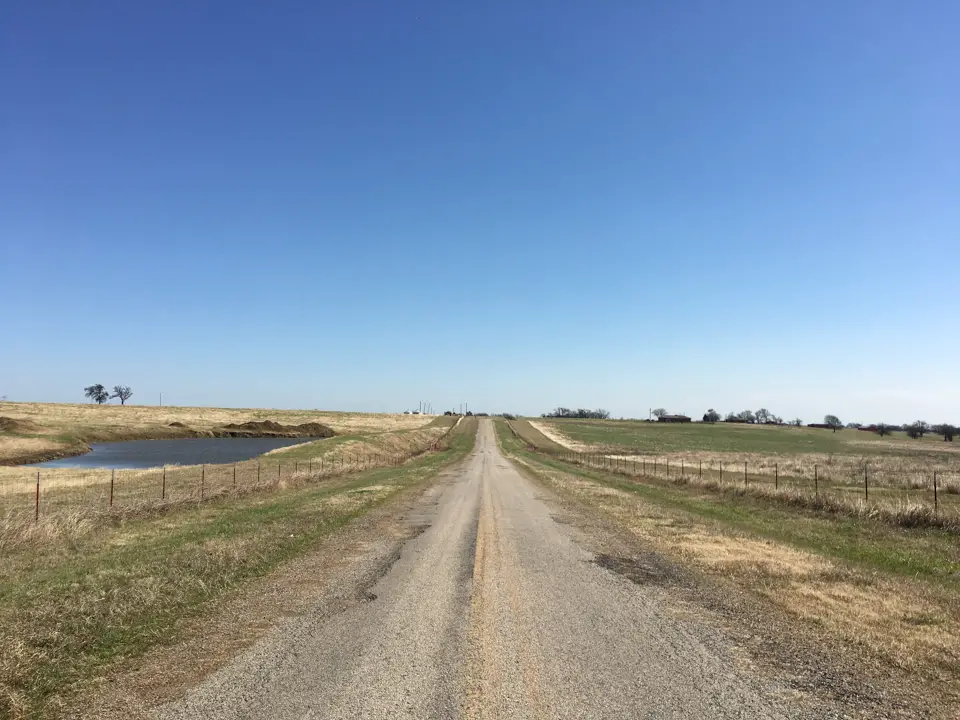
Raptors can be common here, perching along and flying over the fields. Owls are regulars at dawn, mostly Great Horned but Short-eared Owls are occasionally spotted here as well during winter. Arrive early to see either.
While surrounded by grassland that can easily hide birds from sight, use your ears as much as possible. Singing and calling birds will likely include meadowlarks and sparrows, plus Northern Mockingbirds and possibly Loggerhead Shrikes. All can be easily missed without actively listening for them.
Driving this road and birding from the car makes sense, but also consider stepping out of the car at certain spots that look birdy, since you’ll always see and hear more from outside a car than from within.
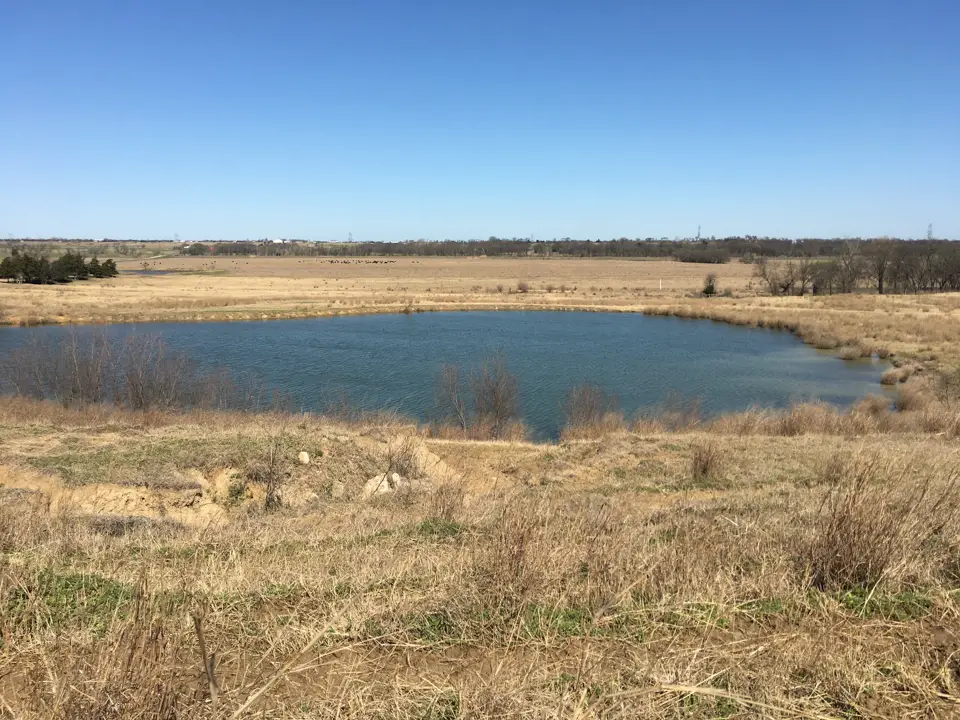
The wooded dropoff just before the 90 degree right-hand turn can be a great place to stop, just be careful of other vehicles. This is where a creek flows into the last pond along the road, and an open, wet woodland is easily viewable form the roadside, especially through a scope.
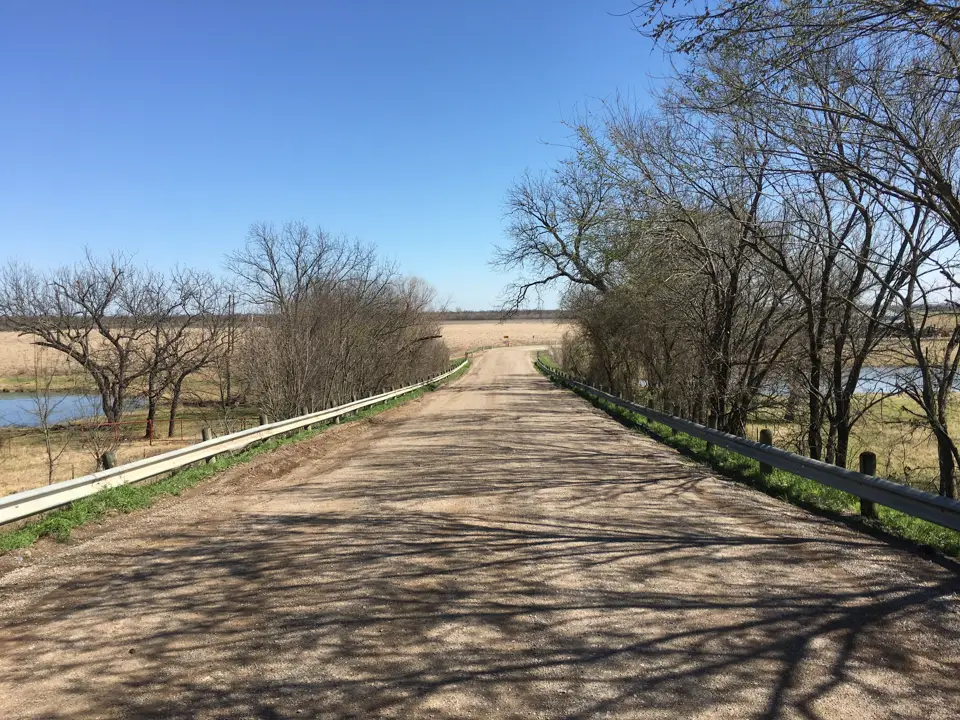
This may be completely dry during drought conditions. Assuming there’s water in the creek, focus on where the ground is wet along the shallow creek. It’s a great water source for birds and will likely have plenty of activity during morning hours. Even without a scope, binoculars are still useful here for scanning the small pond and watching for birds in the trees immediately along the road.
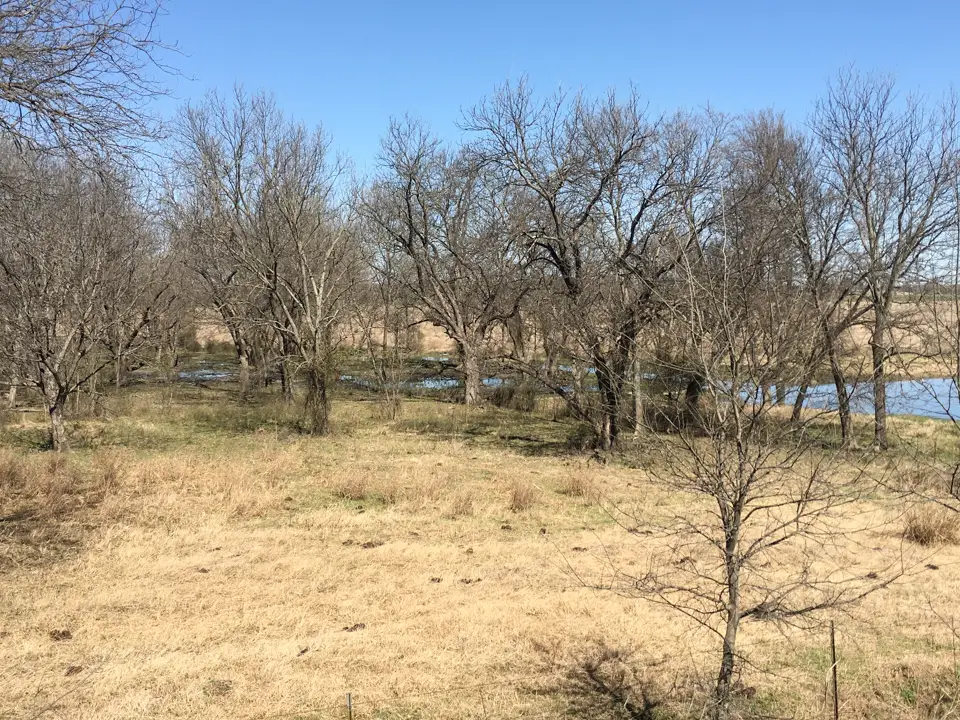
At the flat lower elevation, the road wraps around the field that is the sod farm. The field is fairly large, and once again a scope is helpful here to spot small birds on the ground farther back from the road. In the winter look for sparrows, pipits, and Horned Larks. Beginning in mid-March look for American Golden-Plovers foraging on the open sod field. April and early May can be great for other migrants like sandpipers, Semi-palmated Plovers, godwits, and possibly Black-necked Stilts and Dunlin.
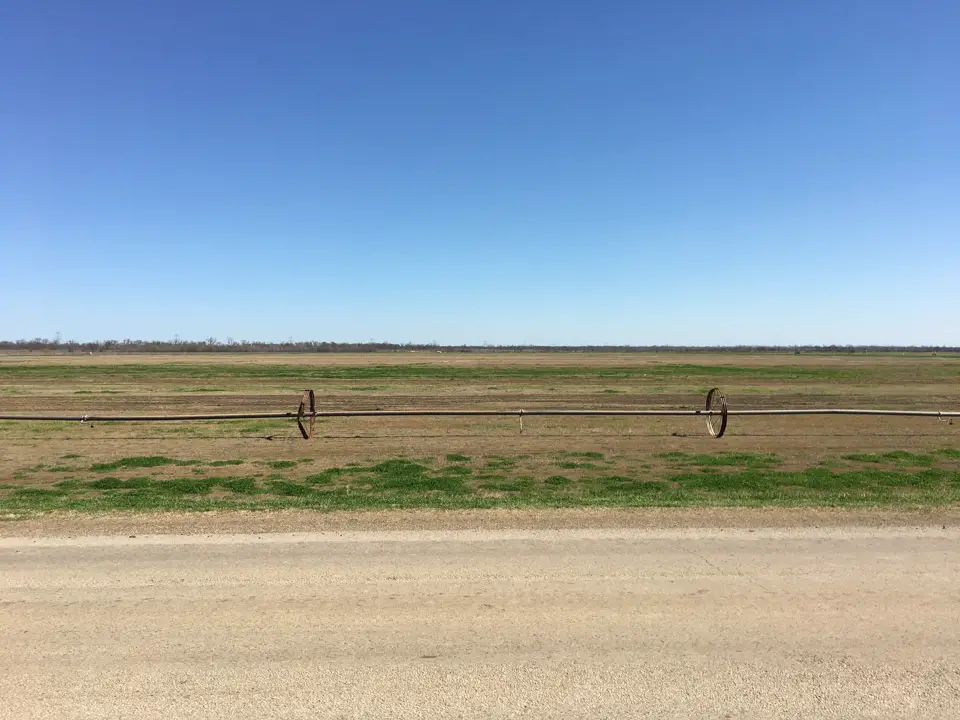
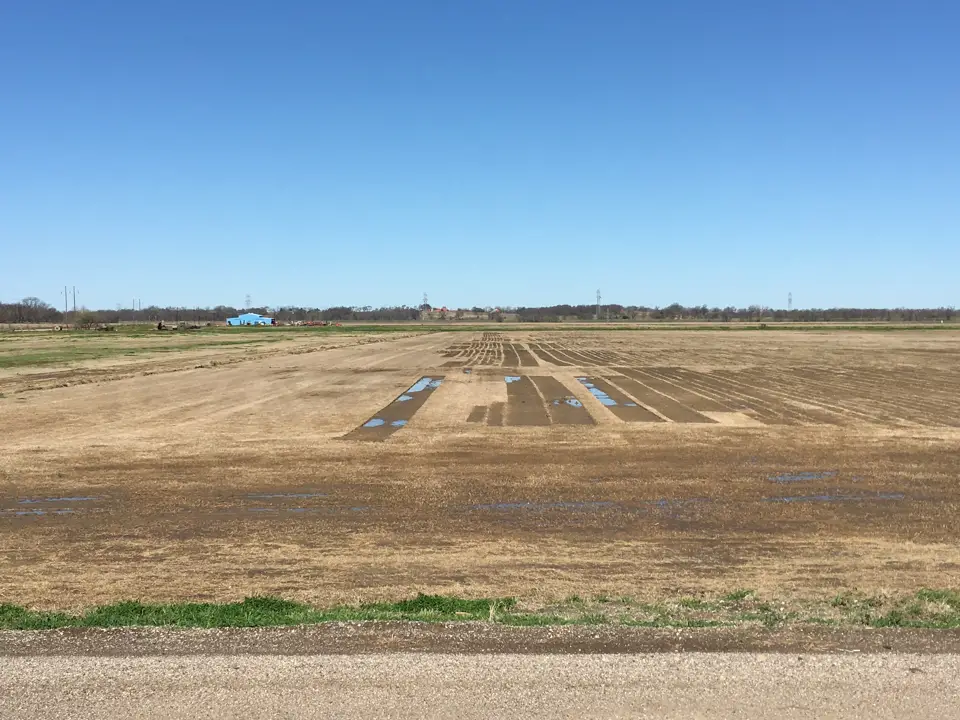
The last stretch of road after the sod farm is somewhat dense woodland that, after a mile suddenly opens into expansive open agriculture fields. Along the wooded stretch during winter months sparrows can hide in the underbrush along the road. Listen for them rustling leaves as they dig for insects.
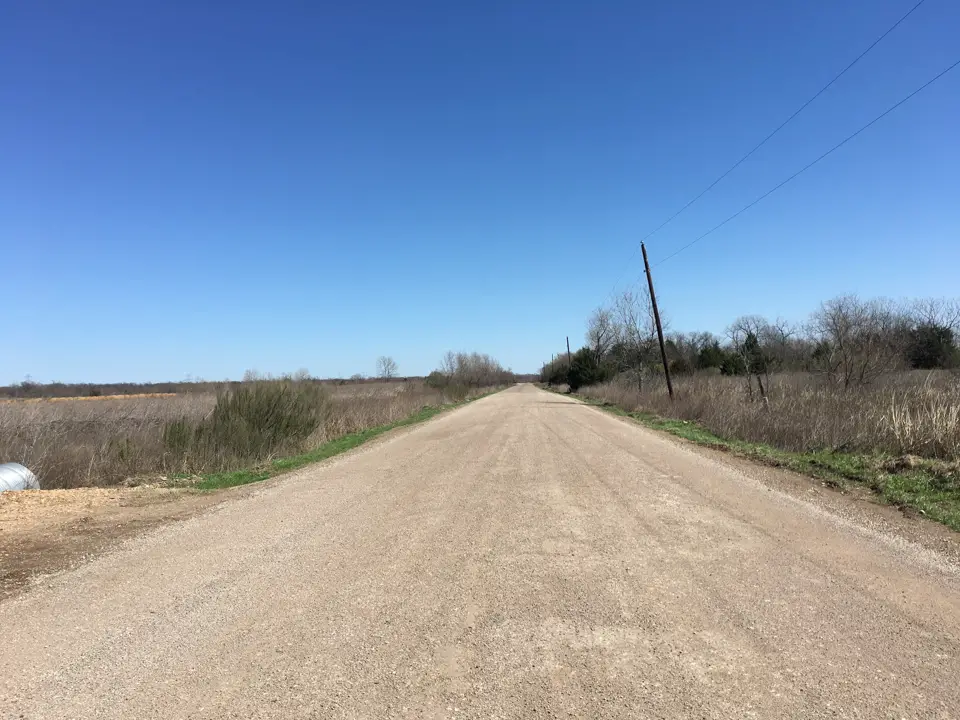
Arriving early in the morning will usually give you a significantly better and birdier experience, ensuring you have time to bird the whole road before the sun rises too high and wildlife activity dies down.
Happy Birding!
